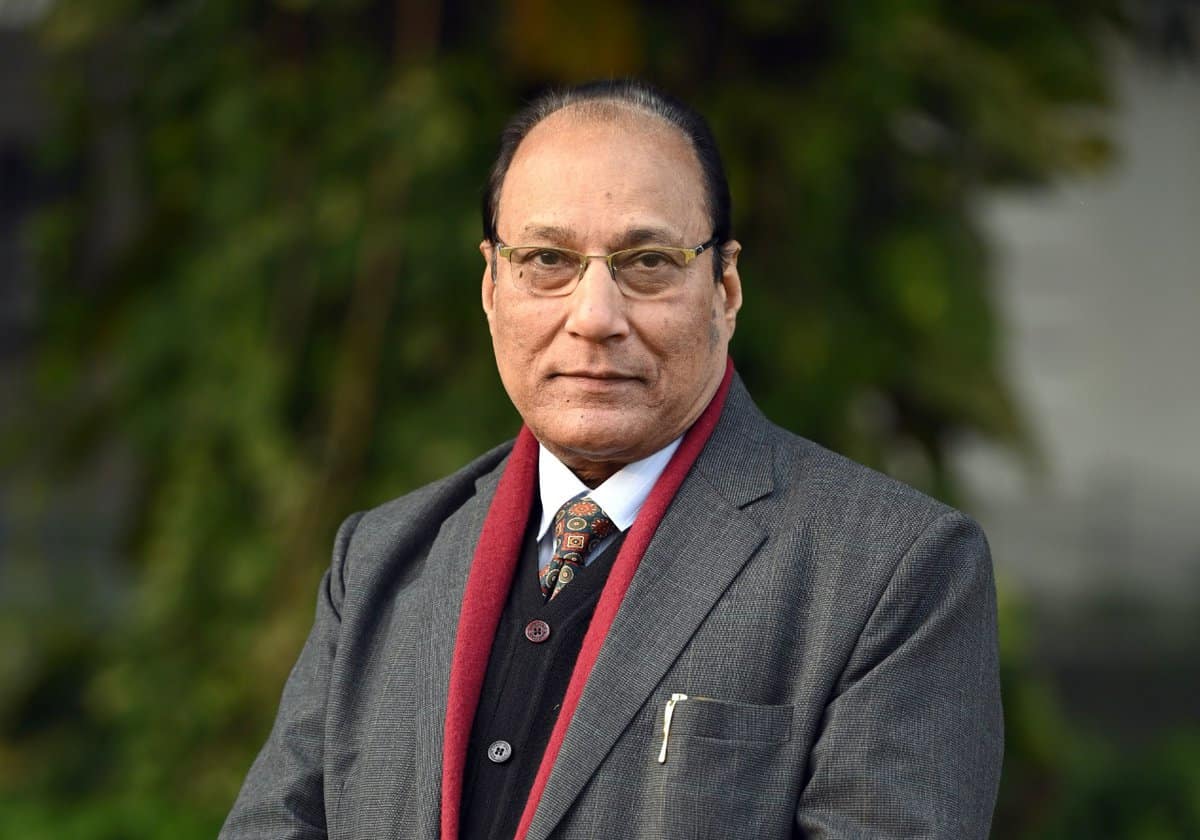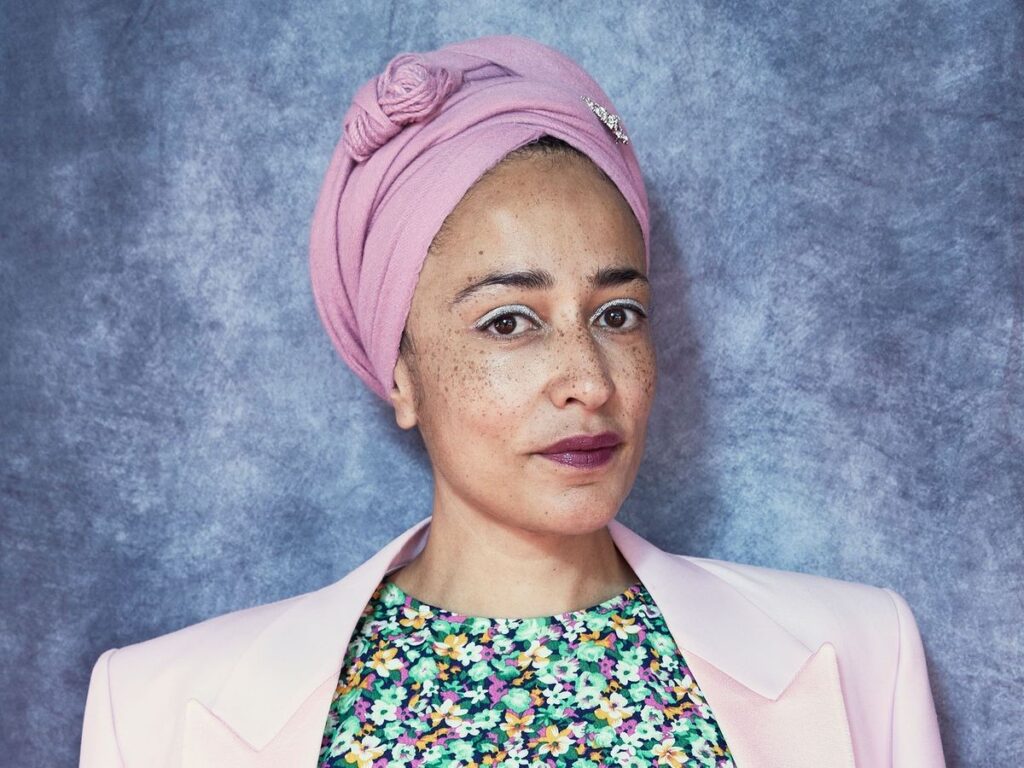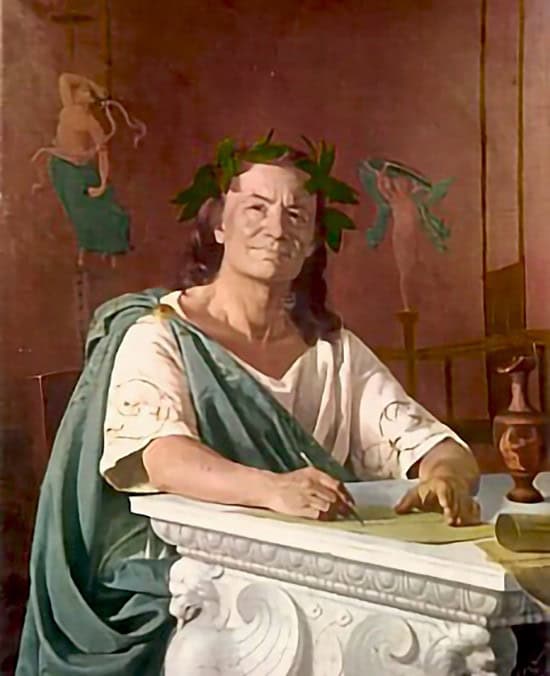
The tantalizing uncertainty of life, the unpredictable and intriguing experience of desire, and an intense way of perceiving external reality can hardly be communicated through words.
This puzzling and less-recognized human folly prompted Zadie Smith (b-1975) to remark that writing is no substitute for love because the printed word betrays a scheduled, preplanned, and determined approach.

Longing to see the world with a sense of wonder and awe and shunning verbal images aside prompts one to find a medium for conveying the interplay of multi-sensual experiences that simultaneously complement and contradict different emotions. It is what photography does as it freezes the lyrical qualities of visuals.
The legendary Roman poet Ouinto Orazio Flacco (65 -8 BC), known as Horace, first set the seal on by observing, ‘A picture is a poem without words’. Poetry and photography look like two distinctive art forms; one uses words, and the other employs light, but both offer a space to go beyond the obvious produced by common sense.

They complement each other in multiple ways, opening and sharpening our senses to get at what we tend to forget. What unites poetry and photography is capturing the intricate resonance of emotions and nature’s grandeur and locating in the elusive present.
Seemingly inspired by Horace’s insistence on the creative unison of poetry and photography, a legendary literary figure of Indian literature, Sachidananda Hiranda Vastayan “Agyeya” ( 1911-1987), published Sunehre Shavial (Golden Moss, 1966) to capture and convey the experience of heightened perception by putting verbal (poems) and visual images ( self-clicked black and white photographs) together that left the reader to savour each moment intensively.
After six decades, it is the turn of a celebrated poet, academician and author, Suresh Rituparna, to showcase the brilliant and nuanced interplay of different senses.

He creatively employed two significant signs of heightened human consciousness- poetry and photography as a metaphor for the other in his collection, Kaal Jab Mein Nahi Rahun Ga (Tomorrow When I Will Not Be There, Gaurav Prakashan, 2023).
It is an intriguing assortment of photographs clicked by the poet and a vivid portrayal of the elemental human predicament perceived through words (poems).
The collection, carrying 50 poems and photos, does not mediate on the same theme through two different art forms, and it ushers the readers into a world where one feels, tastes, observes, hears and thinks in a transformed mode. It is an exalted state of seeing and feeling that simultaneously merges, clashes, contradicts and affirms.
Rituparna sets aside a quotidian approach by pitting a poem with a photograph to produce a sense of thematic banality. Drifting away from the commonplace chronological synchronization, the poet points out. “The collection, comprising poems and self-clicked poems, hardly betrays a conscious effort.
While editing the journal Hindi Jagat, I casually started publishing photos and poems to fill the back cover of the coloured title page.
It evoked a tremendous response from the readers, and it encouraged me to select some snaps from innumerable clicks to put with my poems to create a space for the complex intermingling of different senses. It is not that both art forms belong to the same period; for example, the first poem of this anthology was written in 1975, but the accompanying photo was clicked in 2015 when I visited Odisha.
It is a photo of an idol of the Konark temple. It denotes an interlude of forty years. It is not the first experience; Agyeye Ji published his poems and black and white photographs together in 1966. I got its copy in a poetry competition, which kindled my interest in photography.
During five decades, my collection of photos swelled to several thousand. COVID-19 confined me at home, and I tried to tie multi-coloured photos with poems.”
The exulted moment of salvation or restoration of human dignity could only be actualized when words upend the intended meaning and they break the tyranny of the author:
“Tomorrow, when I will not exist /but my words will hold on /then their meaning will be changed /they will be completely free from me/ my envy and malice/ my hopes/ And beyond my mischief / like seep in a puddle/ they lay bare their meaning/ Tomorrow when I will not be there/ Using my words as a shield/ people will wage selfish war/ My words will be used for hide and seek game/ At that point I will not be there in my words/ that will be my moment of redemption”. (From When I will not be there).
The poem was written in 2008, and a colour photo of the Glass Museum Japan accompanies it, clicked in 2010. The intriguing combination of red, black, yellow and white in the backdrop of light and darkness fetches the reader something beyond self-pity and rejoicing.
The tantalizing vicissitudes of life and incongruity of human affections can be transformed into a lived experience, and Rituparna does it with remarkable ease in the second poem, Mukti Bandhan:
The more I remember/, the more I forget/ How much I live in day/ I die in similar proportion/, the more I come closer to reality, the illusion overwhelms me more/coming closer/separates me more/How much I move out/ get closer equally/the deepening darkness makes identity more eye-popping /the more exert myself for freedom/ the clamp gets tightened/ Nevertheless, the more I fall into your arms/, the more liberated I become (Bond Redemption).
Written in 2013, the poem is appended with a stone-itched idol of the Konark temple (2022). It depicts the moment of intimacy candidly. Though 52 photos and poems look like an organic whole, they maintain their distinct identity candidly.
One does not draw its sustenance from the other. If one reads poems clear of photos or looks at photos away from poems, he will experience a heightened perception to attain a sense of sanity with aesthetic pleasure in the stupidity-filled world.
The collection, blurring the boundaries between different art forms, reminds me of the famous Surrealist creation Facile (1954), in which images and texts create an integrated yet distinct creative consciousness. Celebrated Urdu poet Chander Bhan Khayal astutely rendered it into Urdu.
Not very long ago, Rituperna produced, “The Memory of Hiroshima and Other Poems,” comprising five poignant and sharply observed poems on the calamitous experience of the atomic bombing of Hiroshima.
The poems, illustrated with a sensitively imagined series of black and white paintings of eminent painter Ashok Bhomik, highlight the futility of war and inflict lethal below to the ambition of conquering the world.
For Suresh, the visual manifestation of a dreadful past is invested with the tremendous potentiality of upsetting the pro-gun lobby that dominates our world.
Shafey Kidwai, a bilingual critic, is a professor of Mass Communication at Aligarh Muslim University



